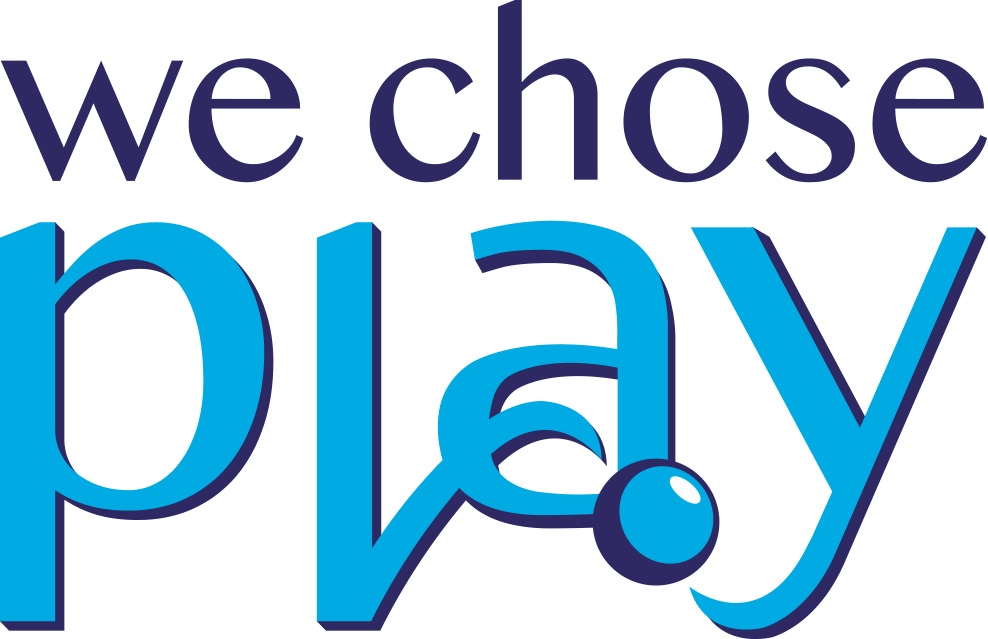Occupational therapist Maude Le Roux returns this week to discuss attention and executive function. She operates A Total Approach, a multi-disciplinary clinic that uses a Developmental, Individual differences, Relationship-based (DIR) framework. While preparing for her upcoming Attention Deficit and Executive Functioning Program, she realized that the same executive functions that are difficult for those with Attention Deficit Hyperactivity Disorder (ADHD) are the same ones difficult for those with Autism, but with a deeper caveat: executive function becomes a primary challenge the older autistic children get. Today, Maude dives into the topic.
Attention and Executive Function
Executive Function
Executive function is organizational skill, being goal persistent, making sure you meet your goals in a timely manner, that you start and complete tasks in a timely manner, that you remember to take a paper home from school, or back from home to school, and inhibiting your emotions, to name a few. Impulsivity is another piece that can distinguish the diagnosis between ADHD and Autism. It’s far more complex with autism, Maude says. Executive function is a pervasive difficulty. In order to have it, you have to have self-identity, realizing you need a self to organize.
It becomes especially challenging in school, where executive function is expected. It typically is there by age four in neurotypical development and continues to be refined up into the early twenties. Maude says don’t think that executive is just going to happen. Don’t think because a child doesn’t yet have the functional emotional developmental capacities (FEDCs) that they won’t be able to have executable levels. You can teach it. As theory of mind–cognitive empathy into emotional empathy–develops in the fourth capacity of complex communication and shared problem solving, you start to get into executive function. It is more available and robust by the sixth capacity of logical thinking and building bridges between ideas.
How executive can you be if your safety system feels violated?
Maude says that research has recently come out showing that parents who mentalize with their children from a young age–helping children label the emotions they are feeling in a co-regulating voice–have children with much better executive functioning skills by age 4. The foundation of executive functioning is co-regulation, like Self-Reg states as well. Co-regulation turns into self-regulation of the different sensory systems then develops into to timing regulation and executive regulation, as discussed with Maude before. Maude referenced both Interoception, where the insula in the brain picks up the non-verbal cues of others and the Polyvagal Theory, where fight/flight affects our safety mechanism–both of which have to do with regulation.
The role of the caregiver is so essential. If you aren’t effectively co-regulating and getting frustrated because you are expecting compliance instead of looking for the ‘why’ behind the behaviour, then your child’s process will be frustrating to the point where executive and other functions are more challenged later on. Supporting the development of these functions means letting the child express themselves and following the child’s emotional intent rather than putting demands on the child they are unable to meet, often due to their sensory sensitivities.
The research is more and more clear that executive functioning, as practical and linear as it looks, is driven by emotional affective intent of the first year of life.
The first place of being for any one of us is feeling safe, Maude says. How executive can you be if your safety system feels violated? How can you do something if you don’t understand why and it doesn’t have meaning to you? Co-regulation comes before self-regulation. If we don’t see self-regulation we must re-visit co-regulation, whether it’s a caregiver with a child, a therapist with a child, or a teacher with a child. We have that obligation to be respectful to our children.
Attention
Everybody wants more attention, and attention is an executive skill. Posner’s book Images of Mind starts with how the body can register information. Maude ‘maudified‘ his seven stages into four stages:
- You have to register stimuli coming to you, e.g., what the teacher says or shows you.
- You have to physically orient your system to that stimulus–an inner response with intrinsic motivation.
- You have to process the information to the prefrontal cortex in the brain, so there’s a process and rhythm of speed involved.
- You analyze the stimulus.
Everything, every time, points down to what Greenspan said: the affect diathesis hypothesis over twenty years ago. Now other fields are finally getting to that same place.
These are the four steps you have to reach to pay attention. Maude says so many educators think that to get more attention, you just increase the time a child spends on an activity, but what’s going to get them there is the first capacity of regulation and the second capacity of engaging and relating that we start with in Floortime. Why would you want to pay attention if you aren’t interested in something?
The Role of the Pre-Frontal Cortex
Maude says it has to register in the pre-frontal cortex, but a young child doesn’t use their pre-frontal cortex yet. They feel one burst of emotion at a time. He gave the example of a child wanting to go on a roller coaster (“I want to“) but when the family gets to the front of the line, the child is too scared to go on (“I’m too scared“). Until a child’s pre-frontal cortex allows them to mix these feelings, they will feel one or the other, but find it difficult to feel both together (such as loving their sibling, but also wanting to hit them). Maude continues that it’s at the fifth and sixth capacities where you can begin to flex either way.
I explained how I try to plant the mixed feelings with my son by saying things like, “part of you wants to stay home and play video games, but part of you wants to see your friends at school” if he’s having a hard time transitioning to school, despite enjoying it so much when I pick him up after school. Once you witness an emotional piece in a child’s life, Maude explains, there’s different levels.
In order for a child to become executive in inhibiting emotional frustration, they need to know what it feels like in their body. But before you understand what frustration is in your body, you have to know how to label it, which is the cognitive level. When you have excellent attention and executive, you can also be flexible and that’s one of the top worries of parents who tell Maude all the time that their child is so rigid.
Revisiting Regulation
When Dr. Greenspan talks about expanding and stringing the circles of communication, that is your key to ADHD, Maude says. The longer you can keep the interaction going in a regulated way, the longer you can keep attention. Working on regulation is not going backwards, Maude says. We rely on regulation throughout our lives to see us through every day. Parents feel like they’re not going forward fast enough, or are still working on the first capacity of regulation, but the reason children avoid new learning is because they don’t feel regulated and safe.
Maude said that our children need to revisit what they experienced before from where they are developmentally now. She gave the example of an older adolescent who was watching Barney again. Maude explained to the parent that the adolescent needs to experience Barney again knowing now what he knows to make sense of it. Maude says never think that your child is going back. Regulation is the basis for everything. We see that today with the fires and corona virus in the United States and how unsafe people feel.
Anxiety
It can be hard for caregivers to empathize with the anxiety our children feel everyday when we cannot relate. Maude points out that often, our children won’t express the anxiety on their face which makes it even more challenging for us. The more neutral the facial affect is, the more anxiety that lurks underneath, she adds. If we understand this, we’ll be careful about what we demand and how we demand it.
The Bottom Line
Of course there are limits we must set at times, but even understanding limits is an executive function. You can only understand where another person’s limits are if you are self-regulated. Wish for your child’s regulation to become integrated. Language, too, relies on rhythm and regulation. And finally, if we aren’t regulated as parents, it will be hard to co-regulate with our children. Regulation is the basis for attention and executive function.
Thank you to Maude Le Roux for her incredible insights and knowledge around attention and executive function. Please consider sharing this post on Facebook and Twitter and feel free to share relevant experiences, comments or questions in the Comments section below.
Until next time, here’s to affecting autism through playful interactions!




I love this discussion. It affirms my understanding and belief of the importance of the earlier FEDCs in building a strong foundation for executive function. Thank you, Daria and Maude.